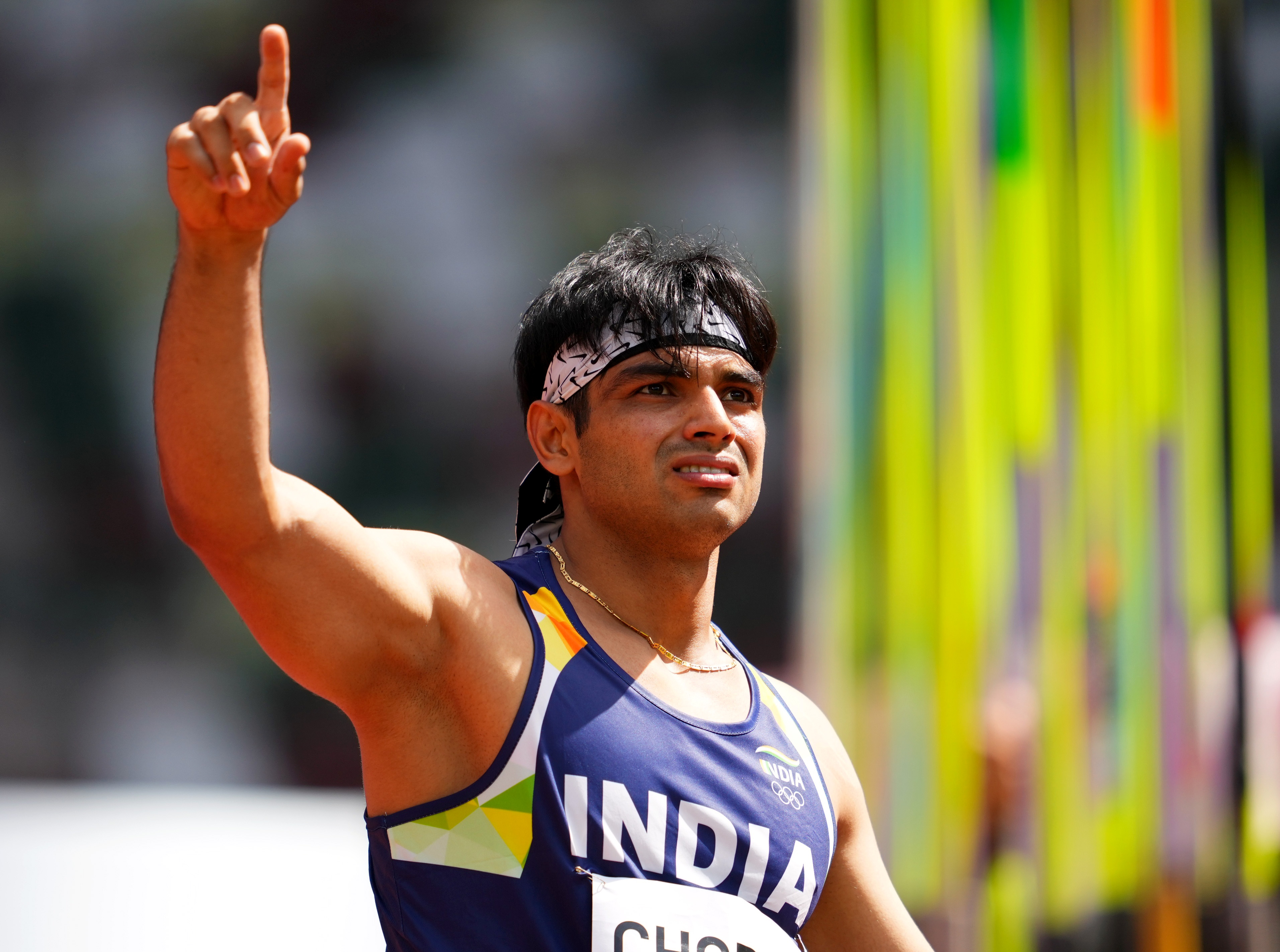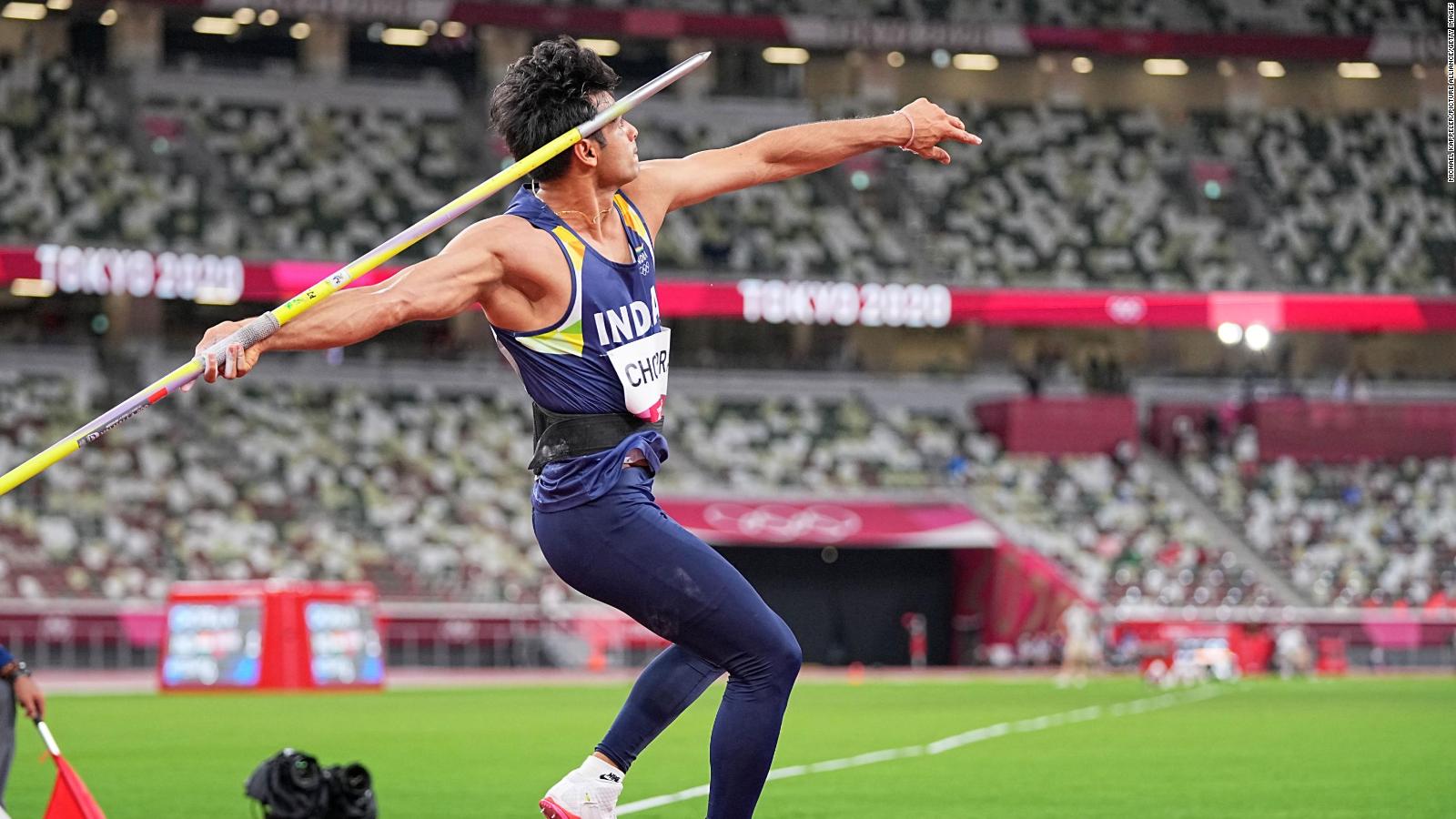History and Evolution of the Javelin Throw

The javelin throw, a fundamental track and field event, has a rich history spanning centuries. Its origins can be traced back to ancient civilizations, where it was practiced for both practical and ceremonial purposes. Over time, the javelin throw has evolved from a hunting and warfare tool to a highly specialized athletic discipline, undergoing significant transformations in rules, techniques, and equipment.
Ancient Origins and Early Development
The javelin throw has deep roots in human history, dating back to prehistoric times. Early humans used javelins as weapons for hunting and warfare. Archaeological evidence suggests that javelins were used in hunting and combat as early as the Paleolithic era. In ancient Greece, the javelin throw was a popular sport and was included in the Panathenaic Games, a major athletic festival held in Athens every four years. The ancient Greeks valued the javelin throw for its combination of strength, accuracy, and skill. In Roman times, the javelin throw continued to be a popular sport and was included in the Roman Games. The Romans developed a variety of javelin throwing techniques, including the overhand throw, the underhand throw, and the sidearm throw.
Technical Aspects of the Javelin Throw

The javelin throw is a complex athletic event that demands a combination of strength, speed, coordination, and technique. Achieving optimal distance requires a precise execution of various phases, from the initial grip to the final follow-through. This section delves into the fundamental techniques and biomechanics involved in a successful javelin throw, providing a comprehensive understanding of the crucial elements that contribute to maximizing throwing distance.
Grip
The grip is the foundation of a successful javelin throw, as it directly influences the athlete’s control and power generation. The javelin should be held with a firm grip, ensuring a secure hold while allowing for efficient power transfer during the throw.
- Overhand Grip: The most common grip involves holding the javelin with the dominant hand near the javelin’s center of gravity, while the non-dominant hand provides support closer to the javelin’s rear end. This grip allows for maximum leverage and control during the throw.
- Finger Placement: The dominant hand should grasp the javelin with the thumb extended along the top of the javelin, while the other fingers wrap around the shaft. The non-dominant hand should grip the javelin with a similar grip, ensuring a stable and secure hold.
- Grip Pressure: The grip should be firm enough to maintain control but not so tight that it restricts blood flow to the hand. The grip pressure should be consistent throughout the throw, preventing the javelin from slipping during the release.
Run-up
The run-up is a crucial phase in the javelin throw, where the athlete builds momentum and generates the necessary speed for a powerful throw. The run-up should be a smooth and controlled progression, allowing for a seamless transition into the throwing motion.
- Distance: The length of the run-up varies depending on the athlete’s individual strength and technique. Typically, the run-up distance is between 30 and 40 meters, allowing sufficient time to build momentum.
- Rhythm and Cadence: The run-up should be executed with a consistent rhythm and cadence, maintaining a steady pace and ensuring smooth transitions between steps.
- Body Positioning: During the run-up, the athlete’s body should remain relaxed and balanced, with a slight forward lean. The head and shoulders should be aligned, maintaining a stable posture.
Release
The release is the culminating moment of the javelin throw, where the athlete transfers all accumulated momentum into the javelin, propelling it towards its target. A proper release involves a combination of body mechanics, timing, and technique.
- Body Positioning: As the athlete approaches the release point, the body should be in a powerful throwing position, with the dominant arm extended and the javelin pointing towards the target. The hips should be rotated, generating rotational power.
- Timing: The release should occur at the peak of the throwing motion, when the athlete’s body is in a position of maximum leverage. This timing ensures that all accumulated momentum is transferred to the javelin.
- Angle of Release: The optimal angle of release for maximum distance is typically around 45 degrees. This angle allows the javelin to travel the furthest distance before landing.
Follow-Through, Olympics javelin
The follow-through is the final phase of the javelin throw, where the athlete completes the throwing motion and maintains balance. A proper follow-through helps to ensure a smooth and controlled release, preventing any unnecessary loss of momentum.
- Body Rotation: After the release, the athlete’s body should continue rotating, completing the throwing motion. This rotation helps to maintain balance and ensure a smooth follow-through.
- Foot Placement: The athlete’s feet should remain planted during the follow-through, providing stability and preventing loss of balance.
- Arm Extension: The dominant arm should remain extended after the release, maintaining a smooth follow-through and ensuring that the javelin travels on its intended trajectory.
Notable Javelin Throwers and Their Achievements: Olympics Javelin

The history of javelin throwing is filled with remarkable athletes who have pushed the boundaries of human performance and captivated audiences with their skill and strength. From legendary figures who established the foundations of the sport to contemporary stars who continue to break records, javelin throwers have left an indelible mark on the world of athletics.
Top 10 Olympic Javelin Throwers of All Time
This table showcases the top 10 Olympic javelin throwers of all time, based on their combined achievements, including medals won and notable records.
| Rank | Athlete | Nationality | Medals Won | Notable Records |
|---|---|---|---|---|
| 1 | Jan Železný | Czech Republic | 3 Gold (1992, 1996, 2000) | World record holder (98.48m) |
| 2 | Andreas Thorkildsen | Norway | 2 Gold (2004, 2008) | Olympic record holder (90.57m) |
| 3 | Aki Parviainen | Finland | 1 Gold (1995) | European record holder (93.09m) |
| 4 | Steve Backley | Great Britain | 1 Gold (1992) | Former world record holder (91.46m) |
| 5 | Tero Pitkämäki | Finland | 1 Silver (2012) | Multiple world championships medals |
| 6 | Seppo Räty | Finland | 1 Silver (1980) | Former world record holder (90.17m) |
| 7 | Keshorn Walcott | Trinidad and Tobago | 1 Gold (2012) | Youngest Olympic javelin champion |
| 8 | Barbora Špotáková | Czech Republic | 1 Gold (2008) | World record holder for women (72.28m) |
| 9 | Ossian Nilsson | Sweden | 1 Silver (1908) | First Olympic javelin champion |
| 10 | Julius Saaristo | Finland | 1 Gold (1912) | Multiple Olympic medals |
Unique Styles and Strengths of Prominent Javelin Throwers
The javelin throw is a complex event that requires a combination of strength, technique, and precision. Different throwers have developed their own unique styles and strengths, which have contributed to the evolution of the sport.
- Jan Železný: Known for his powerful run-up and fluid throwing motion, Železný’s technique was characterized by a high release point and a long, smooth follow-through. His dominance in the 1990s revolutionized the sport, pushing the boundaries of what was considered possible.
- Andreas Thorkildsen: Thorkildsen’s style was more compact than Železný’s, with a shorter run-up and a more explosive release. He was known for his exceptional accuracy and his ability to consistently throw at a high level.
- Aki Parviainen: Parviainen’s strength lay in his ability to generate incredible speed and power from his lower body. He was also known for his precise release point and his ability to maintain his balance throughout the throw.
Inspiring Stories and Achievements
The javelin throw has produced numerous inspiring stories of athletes who have overcome challenges and achieved remarkable feats.
- Keshorn Walcott: At the age of 19, Walcott became the youngest Olympic javelin champion in history, defeating seasoned veterans with his powerful throws. His victory was a testament to his dedication and talent, and it inspired a new generation of javelin throwers.
- Barbora Špotáková: Špotáková’s journey to the top of the sport was marked by a series of setbacks, including injuries and a difficult recovery process. However, she persevered and went on to break the world record for women, becoming one of the most successful javelin throwers of all time.
Comparison of Javelin Throwing Styles
The javelin throw has evolved over the years, with different athletes developing their own unique styles and techniques. Comparing and contrasting these styles helps to understand the different approaches to this complex event.
- Traditional Style vs. Modern Style: The traditional style, characterized by a longer run-up and a more gradual release, was dominant in the early years of the sport. However, the modern style, which emphasizes speed and power, has become more prevalent in recent decades. This shift can be attributed to the development of new training techniques and the increased focus on biomechanics.
- High Release Point vs. Low Release Point: The height of the release point is a crucial factor in determining the distance of a throw. Some athletes prefer a high release point, which allows for a longer flight path, while others favor a lower release point, which can generate more power. The optimal release point depends on the individual athlete’s physique and throwing style.
- Run-Up Length and Technique: The length of the run-up and the technique used to generate momentum can vary significantly between athletes. Some athletes prefer a longer run-up, which allows them to build up more speed, while others favor a shorter run-up, which can be more explosive. The choice of run-up length and technique is a matter of personal preference and depends on the individual athlete’s strengths and weaknesses.
The Olympics javelin throw is a display of raw power and precision, much like the creative synergy of Hunter Schafer and Dominic Fike, whose artistic collaboration, detailed in this article , demonstrates a shared vision. Both disciplines, javelin and artistic expression, require a deep understanding of form and trajectory to achieve peak performance, highlighting the unifying nature of artistic pursuits across diverse fields.
The Olympics javelin throw is a testament to human strength and athleticism, demanding precision and power. Yet, beyond the athletic arena, the lives of athletes, like the lives of many public figures, are often subject to scrutiny, as seen in the public’s fascination with Hunter Schafer dating.
While the spotlight on their personal lives may be intense, it’s crucial to remember that athletes, like everyone else, deserve respect and privacy. Just as the javelin’s trajectory is determined by the athlete’s skill, their personal choices should be theirs alone.
